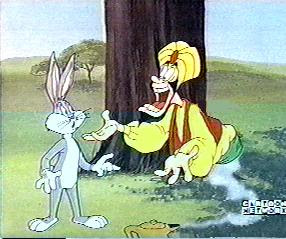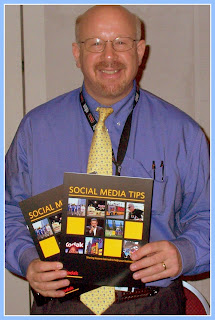How Not to do PR
The news release found at http://www.myprgenie.com/view-publication/pillsincartcom-stands-out-as-a-trusted-generic-online-drugstore should give chills to anyone who purports to write for a living. It's poorly written ("online pharmacies on the internet" -- where else would an online pharmacy be found?). Verbs and nouns don't agree. Its dateline sounds like an apartment complex address, rather than a city. And when the release diverts from talking about drug safety of sorts to the commissions available for resellers, it just becomes an utter mess. Who's at fault? The author of the release is an easy target. But MyPRGenie.com should shoulder much of the blame. They promise to get your news release to thousands of editors -- most of whom will laugh at the poor writing. MyPRGenie.com should provide some editorial counsel. Writing an effective news release takes skill, and Pillsincart.com's writer clearly needs help. English can be tricky. That's why hiring...










